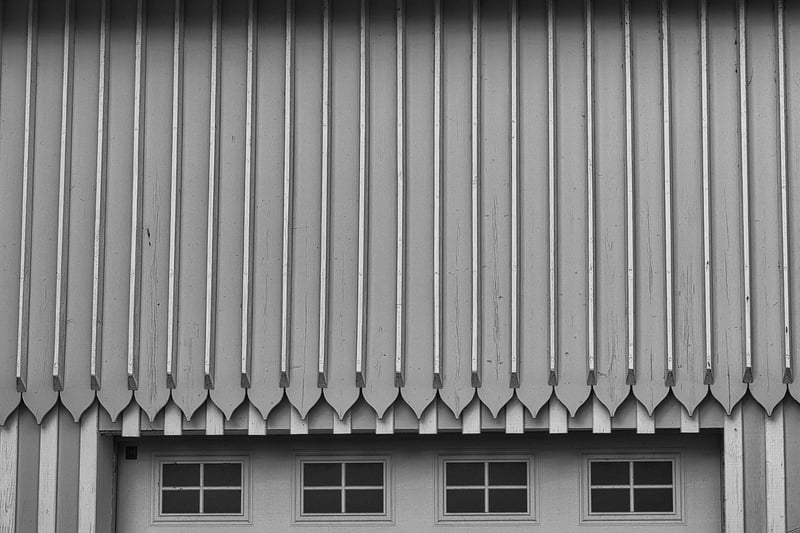Vertical Garden Structures

Expert Advice for Vertical Gardens
Introduction
Vertical gardens have become increasingly popular for their space-saving benefits, aesthetic appeal, and environmental advantages. Whether you're a seasoned gardener or a novice looking to add greenery to your living space, here is expert advice to help you create and maintain a thriving vertical garden.
Choosing the Right Plants
When selecting plants for your vertical garden, consider factors such as light exposure, watering needs, and space constraints. Opt for plants that are well-suited to vertical growth, such as ferns, succulents, and trailing vines. Herbs like basil and mint are also great choices for vertical gardens.
Proper Watering Techniques
Vertical gardens can dry out quicker than traditional gardens due to increased exposure to air and sunlight. Ensure your vertical garden has a reliable irrigation system in place to keep your plants adequately watered. Consider using self-watering planters or drip irrigation systems for efficient watering.
Lighting Considerations
Since vertical gardens may not receive uniform light exposure, it's essential to position your garden where plants can receive adequate sunlight. Evaluate the lighting conditions in your space and choose plants that thrive in the available light levels. Consider incorporating grow lights for areas with limited sunlight.
Maintaining Your Vertical Garden
Regular maintenance is key to the success of your vertical garden. Monitor plant growth, check for pests, and prune as needed to promote healthy development. Remove any dead or yellowing leaves to maintain the overall aesthetic of your vertical garden.
Vertical Garden Structures
Types of Vertical Garden Structures
There are various structures you can use to create a vertical garden, each offering unique benefits and design possibilities. Some popular options include:
- Vertical planters
- Living walls
- Pallet gardens
- Hanging planters
- Trellises and arbors
Benefits of Vertical Garden Structures
Vertical garden structures not only add visual interest to your space but also provide practical advantages such as:
- Maximizing limited space
- Improving air quality
- Reducing energy costs by providing insulation
- Creating a focal point in your indoor or outdoor area
Design Tips for Vertical Garden Structures
When designing your vertical garden structure, consider the following tips to ensure a harmonious and thriving green space:
- Choose plants that complement the structure and each other
- Consider the weight of the plants and the structure's load-bearing capacity
- Experiment with different textures, colors, and plant arrangements for visual interest
- Regularly maintain and care for your vertical garden to sustain its beauty
By following expert advice and incorporating vertical garden structures into your space, you can enjoy the beauty of lush greenery while maximizing the potential of your living area.